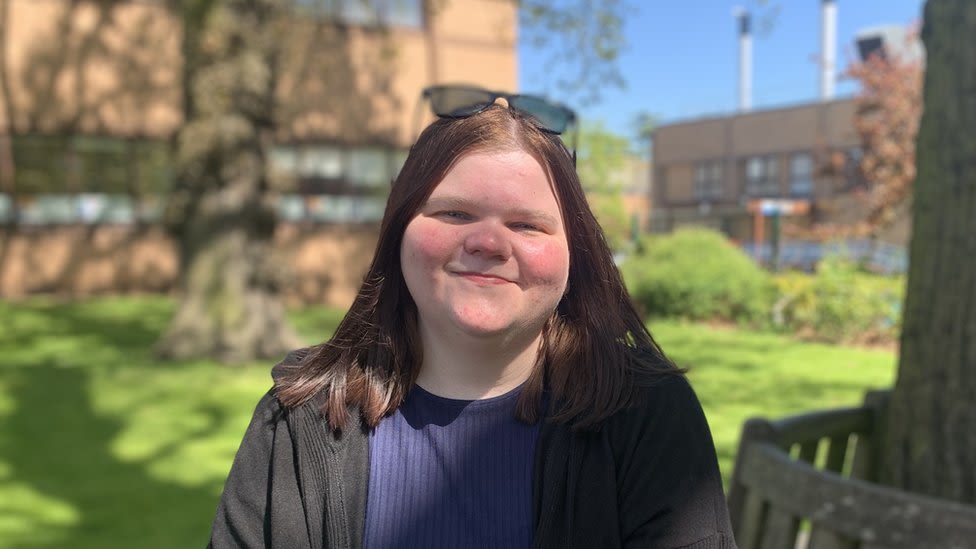Search results
News about COVID-19, FLiRT, rash
News about Covid-19, children, Long Covid
Also in the news
Mar 1, 2024 · For most people, Covid symptoms can be managed at home and treated like any other respiratory illness, with an emphasis on rest and staying hydrated.
Oct 13, 2023 · Whether you’ve had COVID or not, you’ve probably experienced body aches, congestion, cough, fatigue, fever, headache, and a sore throat at some point in your life. The symptoms mentioned above are the most common mild COVID symptoms.
What are symptoms of COVID-19? The most common symptoms are: Cough. Fever or chills. Shortness of breath or difficulty breathing. Muscle or body aches. Sore throat. New loss of taste or smell. Diarrhea. Headache. Fatigue. Nausea or vomiting. Congestion or runny nose.
Apr 28, 2023 · A person with COVID-10 may experience a dry cough, loss of taste or smell, and fever. People should seek help if they have difficulty breathing. This article looks at the...
Nov 3, 2023 · Patient & Visitor Guide. Health Library. Diseases & Conditions. Symptoms. Tests & Procedures. Drugs & Supplements. Healthy Lifestyle. Books & Subscriptions. Diseases & Conditions. For Medical Professionals. Medical Professional Resources. Refer a Patient. Continuing Medical Education. AskMayoExpert. Mayo Clinic Laboratories. Video Center.
Mar 1, 2022 · The virus travels in respiratory droplets released into the air when an infected person coughs, sneezes, talks, sings or breathes near you. You may be infected if you inhale these droplets. You can also get coronavirus from close contact (touching, shaking hands) with an infected person and then touching your face. Advertisement.
- www.who.int
- › Newsroom
- › Fact sheets
- › Detail
Aug 9, 2023 · COVID-19 is a disease caused by a virus. The most common symptoms are fever, chills, and sore throat, but there are a range of others. Most people make a full recovery without needing hospital treatment. People with severe symptoms should seek medical care as soon as possible.




